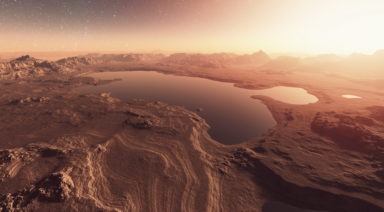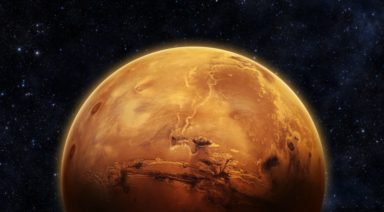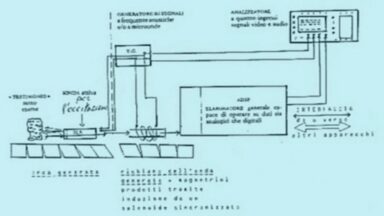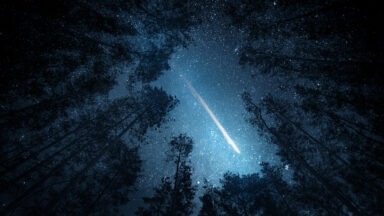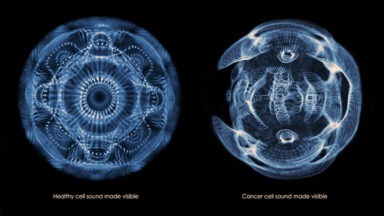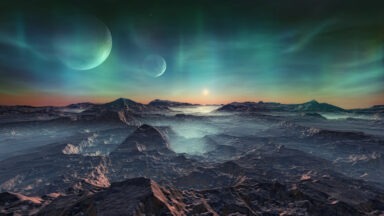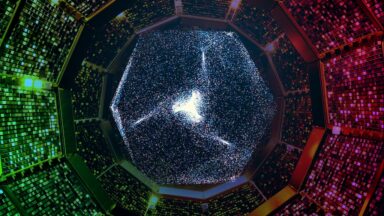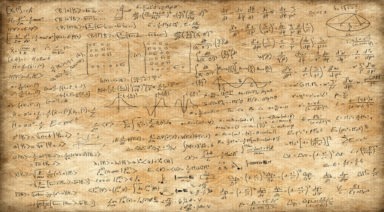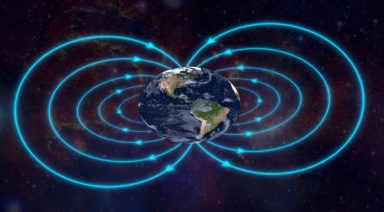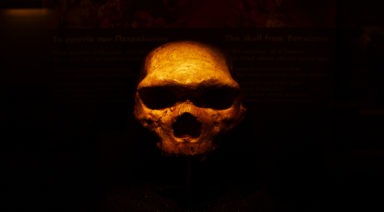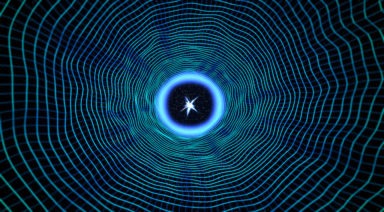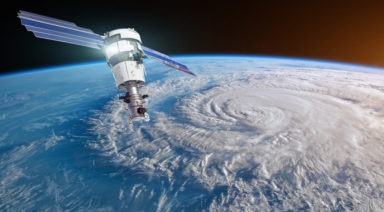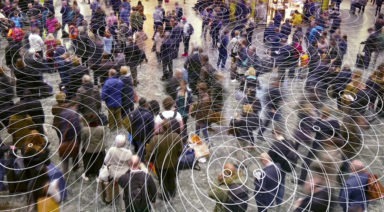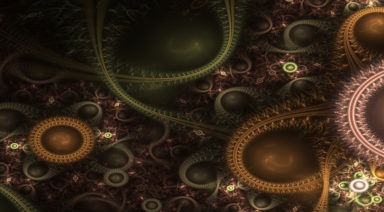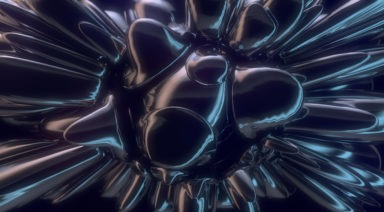Astronomers Confirm Earth Has Two Previously Undiscovered Moons
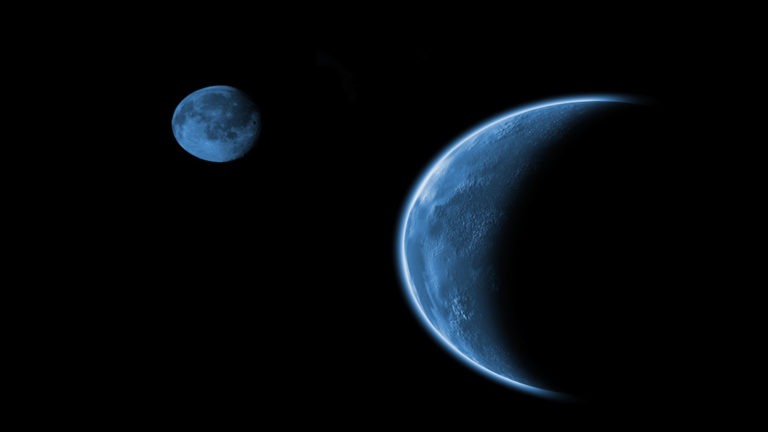
Astronomers discovered that Earth has two other ‘moons’ in addition to the one we’re all familiar with, according to a study published in the Monthly Notices of the Royal Astronomical Society. That is, if you’ll consider two massive dust clouds to technically be called moons.
Though astronomers had an inkling there might be other natural satellites in Earth’s orbit, none had ever been officially recorded until just recently. And now Polish astronomer Kazimierz Kordylewski is probably laughing from his grave, saying “I told you so,” as he was the first to report seeing the dust moons in 1961. At least they honored him by naming these pseudo-satellites Kordylewski clouds.
The clouds were officially discovered by Hungarian astronomers Gabor Horvath and Judit Sliz-Balogh of Eötvös Loránd University in Budapest. Using special equipment, the two were able to clearly distinguish the hazy clouds against the dark backdrop of empty space.
But with all of the technology in the aerospace industry it’s odd we’re just finding these dust clouds that have been orbiting our planet at Lagrange Points – the position where they remain balanced by the centripetal force of their orbit and the gravitational pull of the Earth and Sun. Our dust moons reside in the L4 and L5 Lagrange points.
And it’s within these Lagrange points that NASA planned to put satellites in a holding position to conserve fuel for interplanetary missions, including trips to Mars. With potential missions on the horizon, it’s a good thing these cosmic dust bunnies were confirmed in the event they might pose any threat to spacecraft.
“The Kordylewski clouds are two of the toughest objects to find, and though they are as close to Earth as the Moon are largely overlooked by researchers in astronomy,” Slíz-Balogh said. “It is intriguing to confirm that our planet has dusty pseudo-satellites in orbit alongside our lunar neighbor.”
The clouds are in orbit at about 250,000 miles from the Earth, roughly the same distance our previously known moon orbits, and have been referred to by NatGeo as something like cosmic tumbleweed.
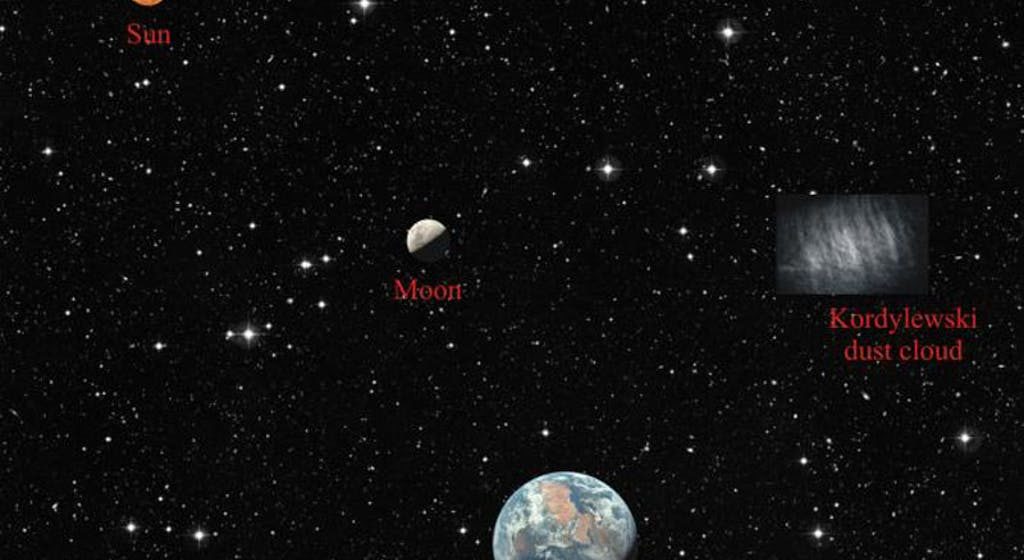
An artist’s depiction of a dust moon
It’s unclear how long these clouds have been in orbit, though it’s almost certain they’ve been there since 1961, when Kordylewski first observed them. And it’s possible they may eventually dissipate entirely, making them ephemeral moons of sort.
No one has yet commented on the way these ‘moons’ might affect astrological phenomena here on Earth. Could it be possible that the dust moons’ orbit influences our daily lives much like the traditional moon? And how long has its presence made an impact?
The search for another moon orbiting Earth does have history, as astronomers as far back as the 19th century have claimed to observe other large natural satellites in our planet’s orbit. Many of these have been written off as near-Earth objects (NEOs) whose orbits are in resonance with Earth, or are “Earth trojans,” which orbit the Sun on a similar path as Earth.
Often these objects temporarily enter our orbit and are reported for centuries as anomalous observations by professional and amateur astronomers alike. In some cases, there have even been reports of potential alien satellites orbiting the planet in retrograde, though this instance is highly contentious.
This latest news comes after China’s announced plan to launch an artificial moon into orbit to light up some of its cities at night. The announcement riled up hollow moon theories that have posited our moon may be an artificial satellite based on some anomalous features observed over the years.
Whatever the case may be, the definition of a “moon” is getting more and more confusing. Can’t we just go back to everyone’s favorite lunar conspiracy – the one where the moon is made of cheese?
For more on some of the strange anomalies surrounding one of Earth’s most well-known satellites watch this episode of Deep Space :
Decades After Landing on Mars, We May Find Proof of Past Life
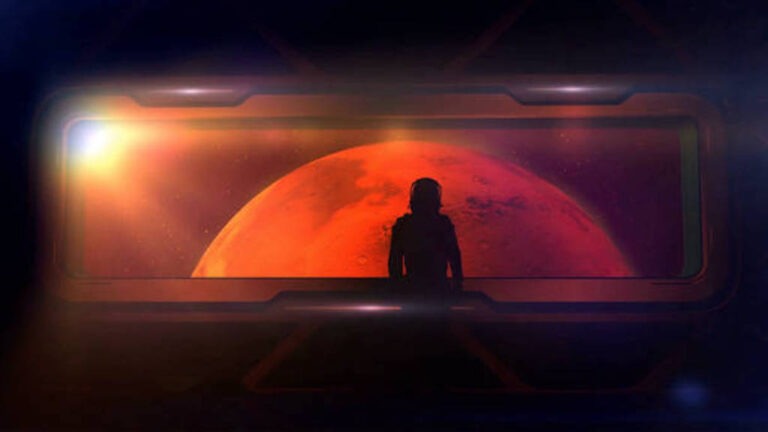
After 25 years of rovers landing on Mars, many are looking forward to the next chapter of Mars exploration, which may include excavating deep into the red planet. In July 1997, NASA’s Pathfinder landed on Mars and began its mission to demonstrate how a robotic rover would land on the red planet.
Using an innovative design, the rover landed on Mars with a parachute and a series of giant airbags to cushion its blow. The Carl Sagan memorial station and the Sojourner Rover outlived their projected lifespan, and in the years following sent magnificent images back to Earth.
The lander returned more than 16,500 images and the rover sent back 550 more, in addition to chemical analyses of rocks, soil, and data on wind and weather. The final transmission from the Mars Pathfinder was on September 27, 1997, but the data it provided helped scientists to conclude Mars was once wet and warm, and rounded rocks on the surface indicate they may have been worn down by running water, and if there was water, there could have been life.
Flash forward to today, NASA’s Perseverance Rover, on the red planet since February of 2021, is tasked with finding past or present life and seeing if humans could one day explore or colonize Mars.




